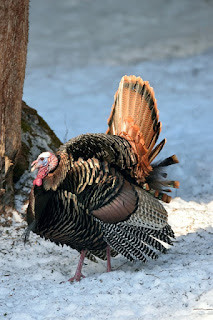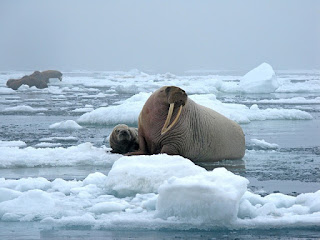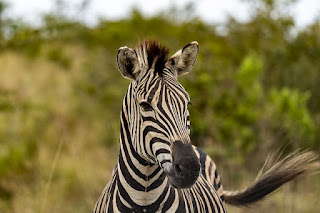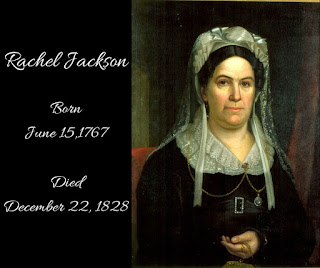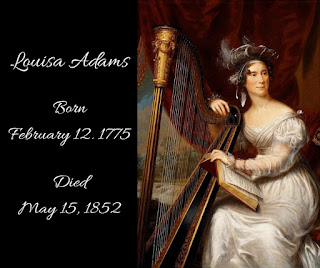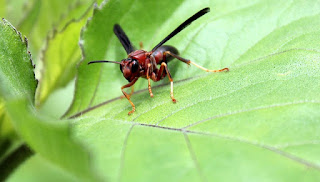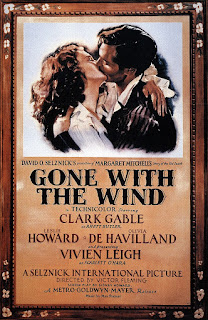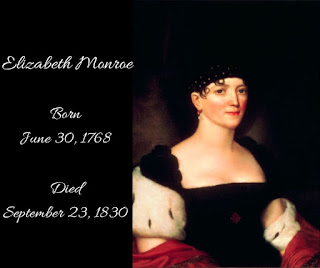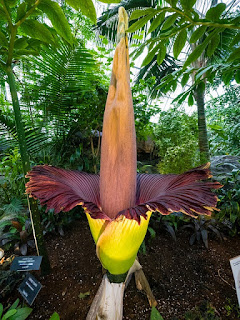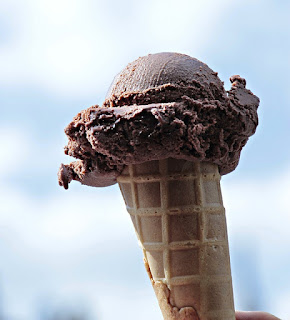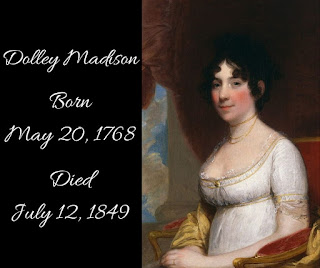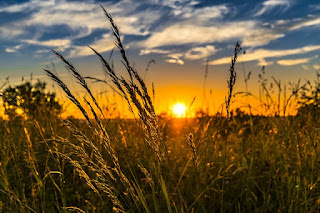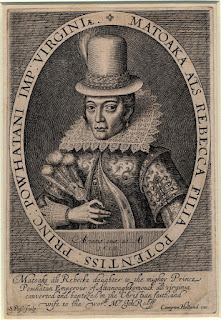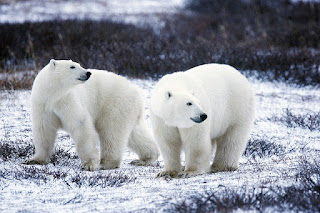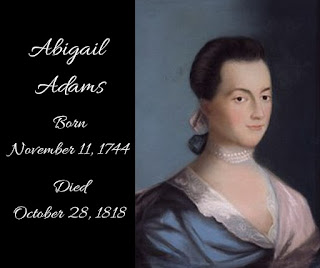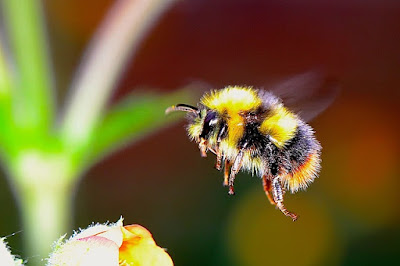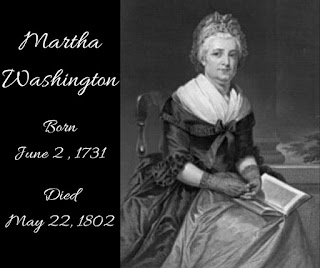5 Fun Facts About the Oak Tree

The oak tree, it's pretty iconic but is there really anything interesting about it? The answer is yes, so here are a few fun facts about America's National Tree. 1. There are three main types of oaks. Let's start with the basics, the three main types of oak trees are the White Oak, Red Oak, and the Black Oak. You can identify what type of oak you're looking at in the way you'd expect, the bark of a white oak would be grayish in color, while a red oak's bark would be dark reddish brown, and black oak bark would be black. 2. The oak tree isn't only the national tree of America. Various types of oaks are the national trees of many other countries, including England, Estonia, Bulgaria, Cyprus, Germany, Jordan, Lithuania, Poland, Romania, Serbia, and Wales. 3. Oak tree acorns are poisonous. If fed in large amounts to livestock, the acorns and leaves of oak trees are poisonous and can lead to serious side effects like kidney damage and gastroenteritis
